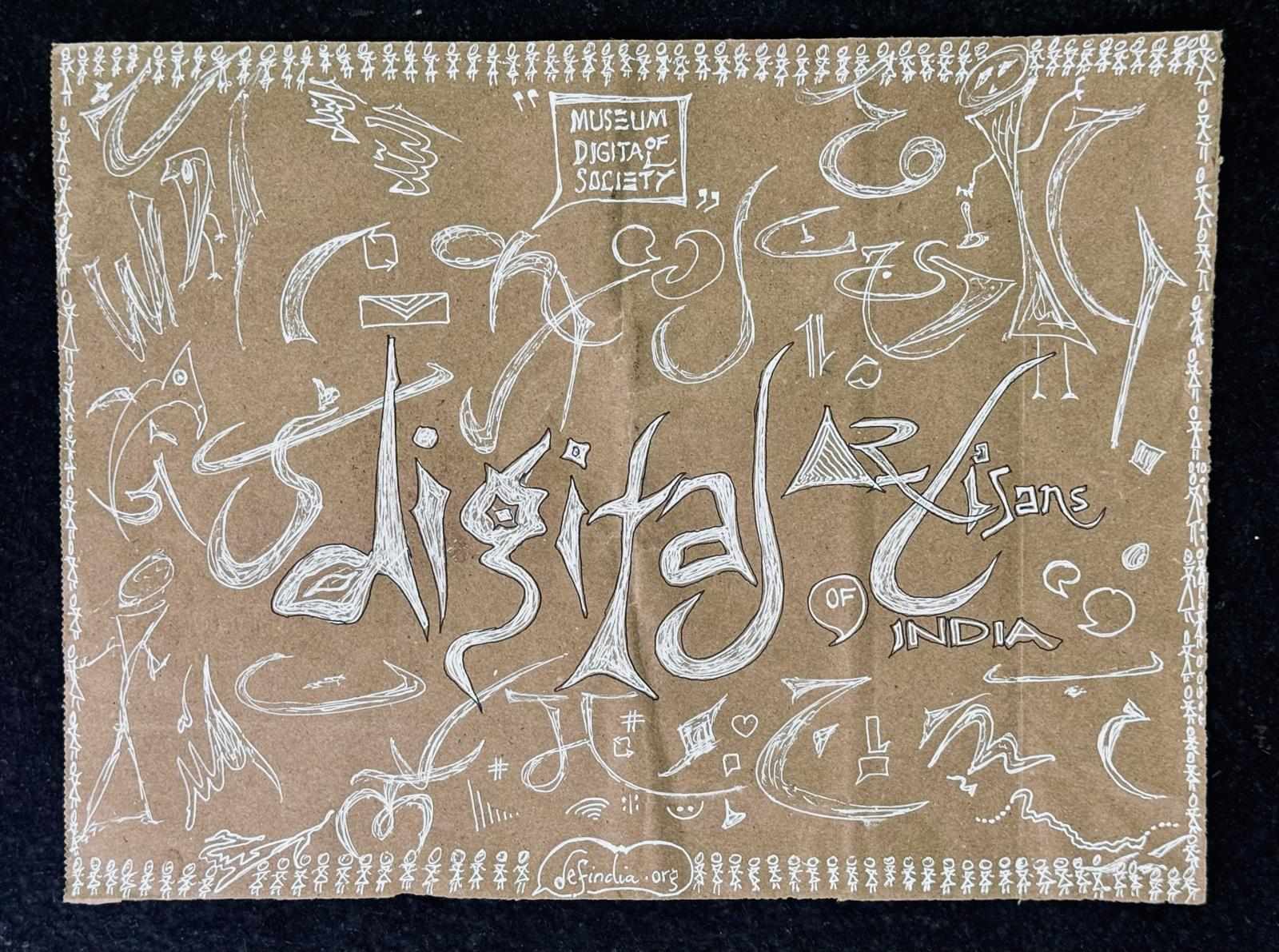
August 7th was Handloom Day. And August 15th, Independence Day, is also a reminder of Mahatma Gandhi's message of the importance of indigenous clothing and industries . This week's typeright will take a look at our Director Osama's Message on Handloom Day and the push for reviving our traditional Indian-made fabric and industries.
Handloom textiles embody generations of skill and artistry. It is also an important part of Indian history and heritage, particularly in the Indian Independence movement. This 78th Independence Day, we also look back at handlooms.
Mahatma Gandhi's call for the swadeshi movement was a recognition of the colonial power associated with machine-produced goods. With the industrial revolution and the introduction of the powerloom, Indian fabric was shipped to Britain, where Manchester made cheaper textiles that flooded the indian markets, had a heavy toll on indian small-scale clothes manufacturing.
The Swadeshi movement encouraged the establishment of village industries, revitalizing the handloom sector and providing livelihoods for millions of people, particularly women, in rural areas. The charkha became an icon of economic and political freedom, and a statement of cultural identity and economic autonomy.
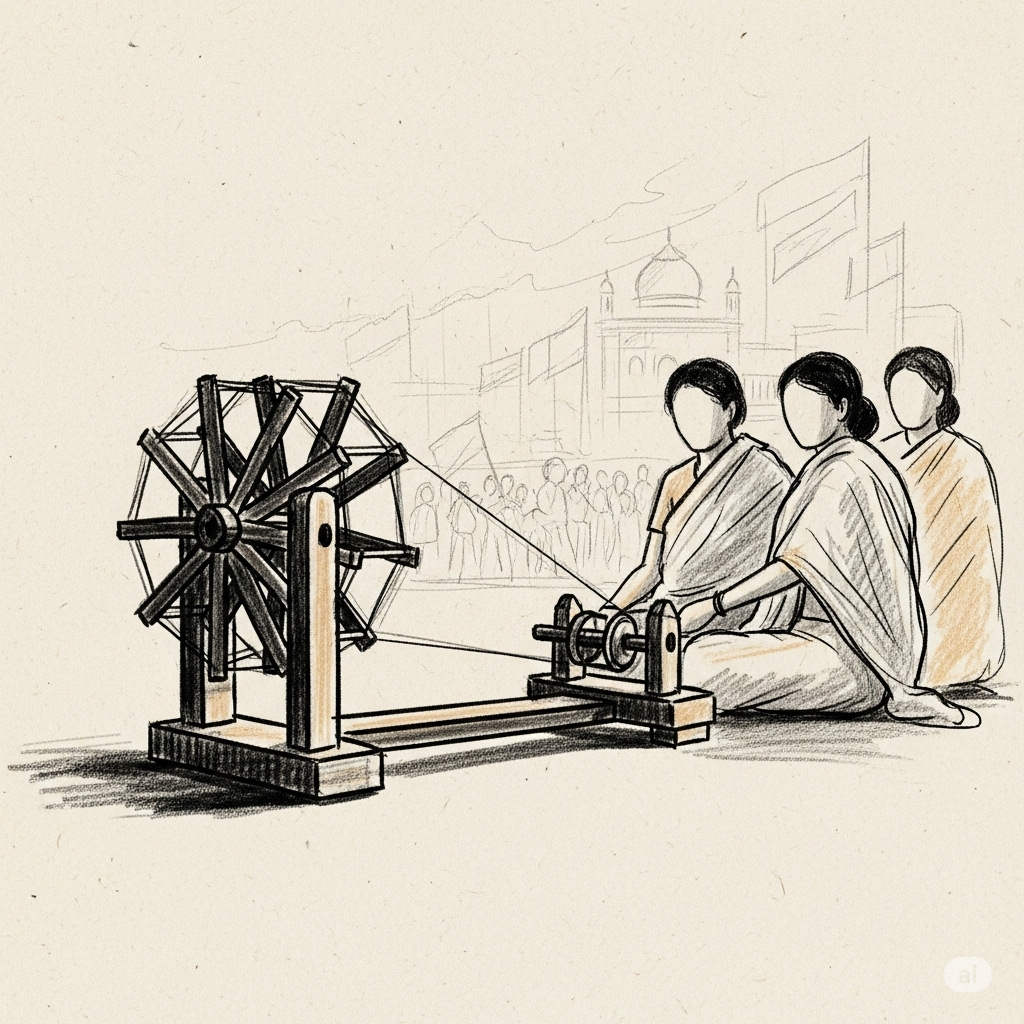
India hosts more than 200 million artisans, comprising 3.5 million handloom workers. Over 72 percent of the population consists of women. The 470 handloom clusters, utilizing 2.3 million looms, generate over ₹24,000 crore for the economy each year. Nevertheless, 78 percent of handloom Micro, Small, and Medium Enterprises (MSMEs) are devoid of financial access. Merely 30 percent of bank branches are situated in rural India, which houses approximately 910 million individuals. Financial exclusion is not accidental; it is systemic. In the age of UPI and Aadhar-linked banking, the absence of financial inclusion equates to digital exclusion.
The Digital Empowerment Foundation has been working for over twenty years in the country, attempting to bridge the digital divide, which is crucial in ensuring inclusive development for all. In Chanderi, Madhya Pradesh, known for its traditional silk handloom sarees, we have demonstrated a model that shifts the perspective instead of just providing technology. The weaver is seen more than a labourer, but as a knowledge worker who is preserving and practicing a particular knowledge and a skill that will be lost unless cared for.
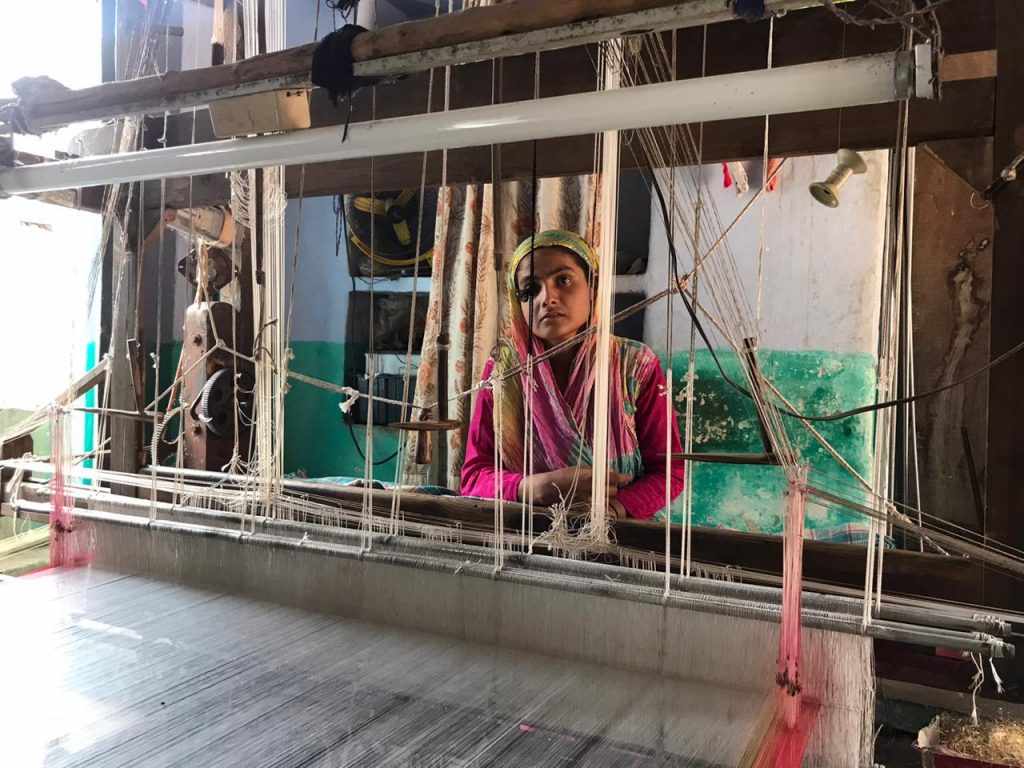
By building a local digital ecosystem, they have helped digitize over 50,000 weaving designs and trained 10,000 artisans in digital literacy, design, and e-commerce. As a result, the number of operational looms increased during the COVID-19 lockdown.
Internet and smartphone access lets weavers sell directly to customers, eliminating middlemen and ensuring a fair price. E-commerce platforms expand national and international markets. Digitizing traditional weaving designs preserves them for future generations. Technology allows weavers to experiment with modern patterns while honoring traditional techniques and collaborate on new designs.
We proposed viewing handloom clusters as Smart Clusters, or hubs of digital connectivity, education, and healthcare. We have to look at the looms like we do with smart cities, integrate them into the digital public infrastructure the nation is known for in international stages.
Every micro and nano enterprise, even those running from a weaver’s home, should receive subsidised digital access. But infrastructure alone is not enough. We must reframe the weaver’s role from labourer to knowledge worker. Their wages, job structures, and working conditions must reflect the value they create, not in sympathy, but in parity with other knowledge sectors like design, tech, and fashion.
Read the full article by Osama Manzar here:
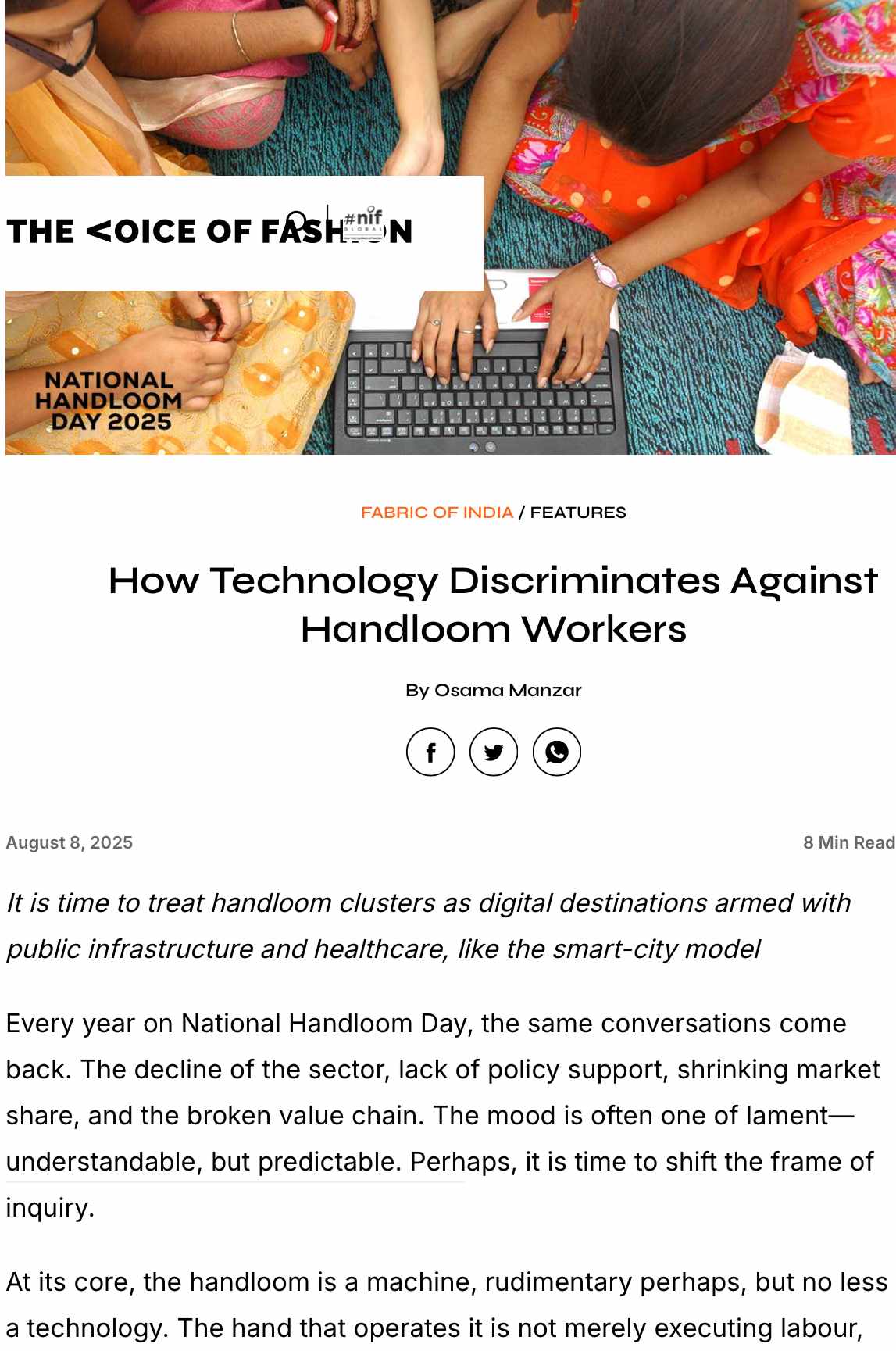
In other News
This news below comes as India 'celebrates' its rank in the World Press Freedom Index at 159 (of 180):
What DEF is doing
The Digital Empowerment Foundation (DEF), with support from the ARISE community, continues its transregional civil society campaign demanding platform accountability. This movement challenges digital platforms that perpetuate targeted hate, gender-based discrimination, misinformation, algorithmic bias, and the silencing of marginalised voices.
In this episode, we will examine how digital platforms replicate and reinforce existing gendered power imbalances, especially deepening structural exclusions for women, queer communities, and caste-oppressed groups and explore ways to challenge these inequities.
From the Gender and Inclusion conference at Kautilya School of Public Policy. The opening session was followed by three paper presentation panels and a technical session on disability inclusion by DEF. The panels discussed meaningful access, gendered experiences, and the policy implications of technology.
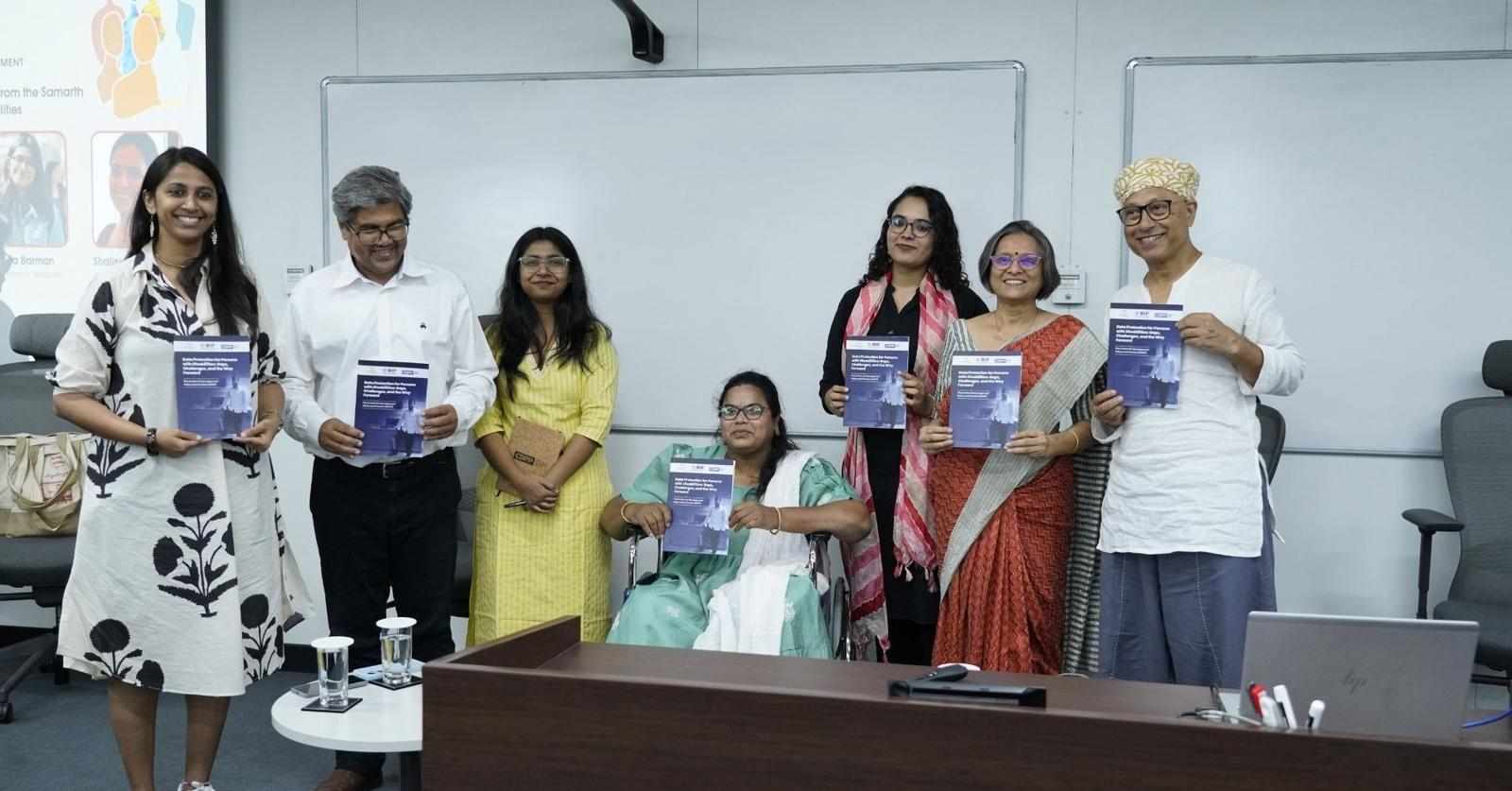
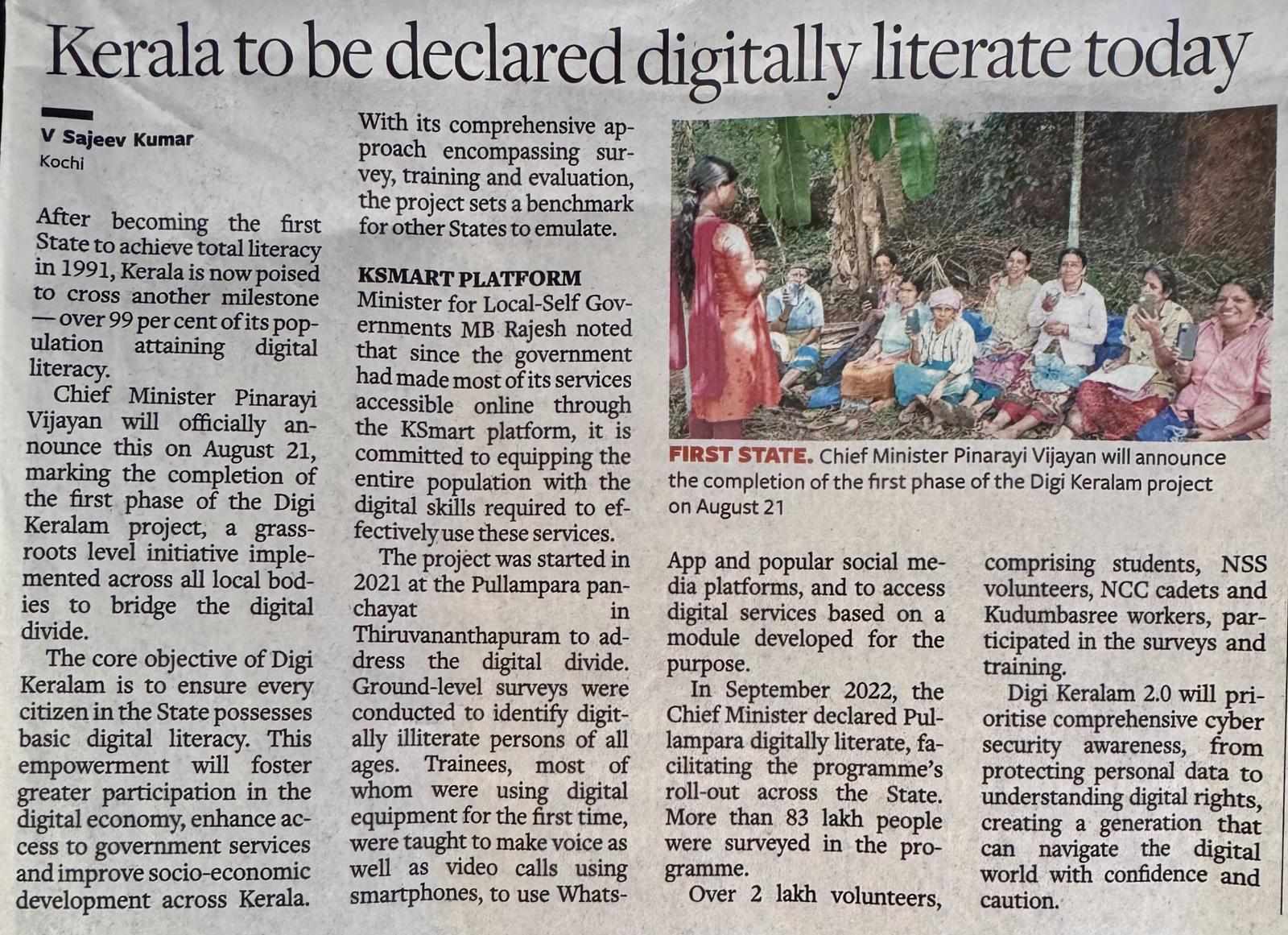
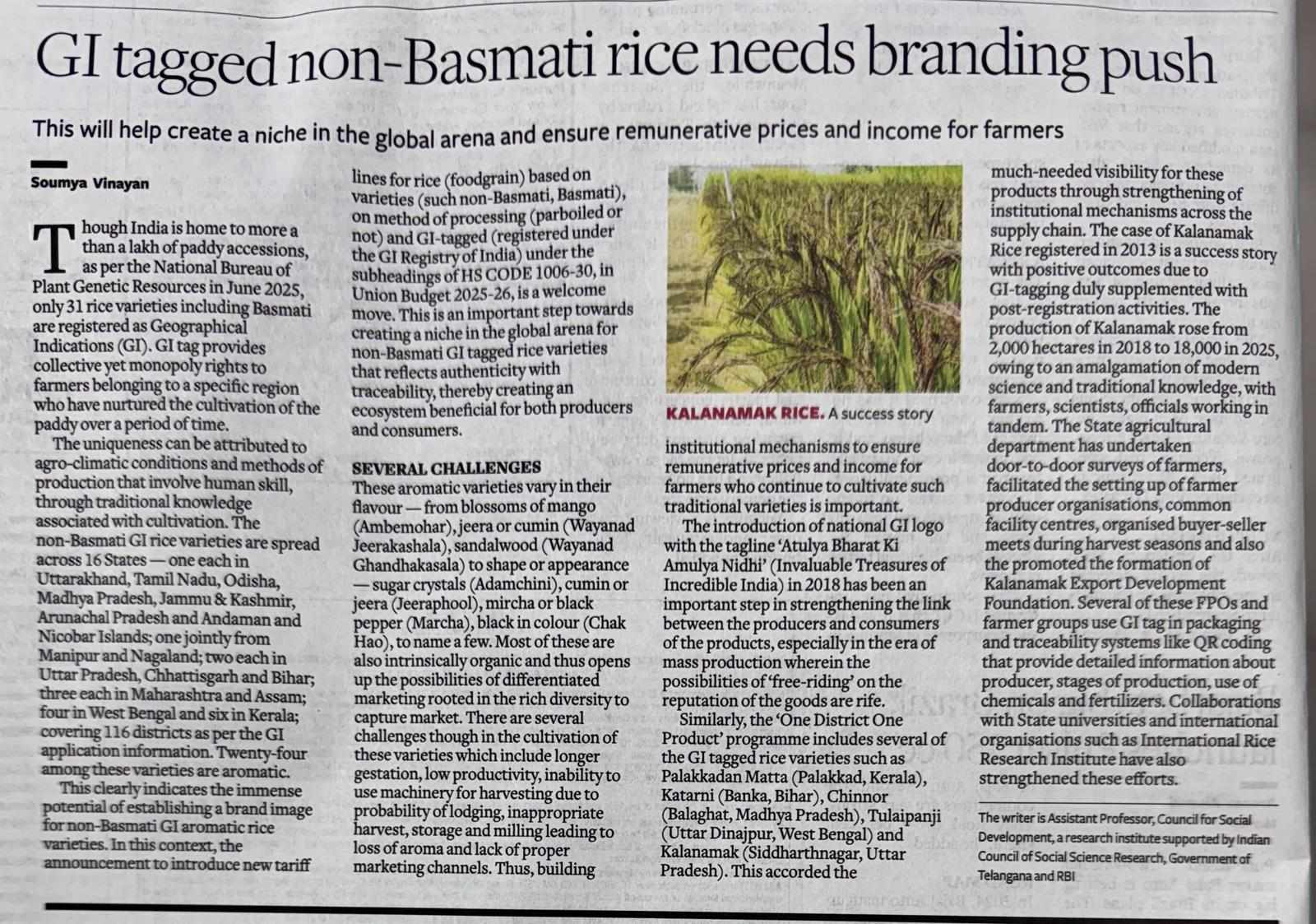
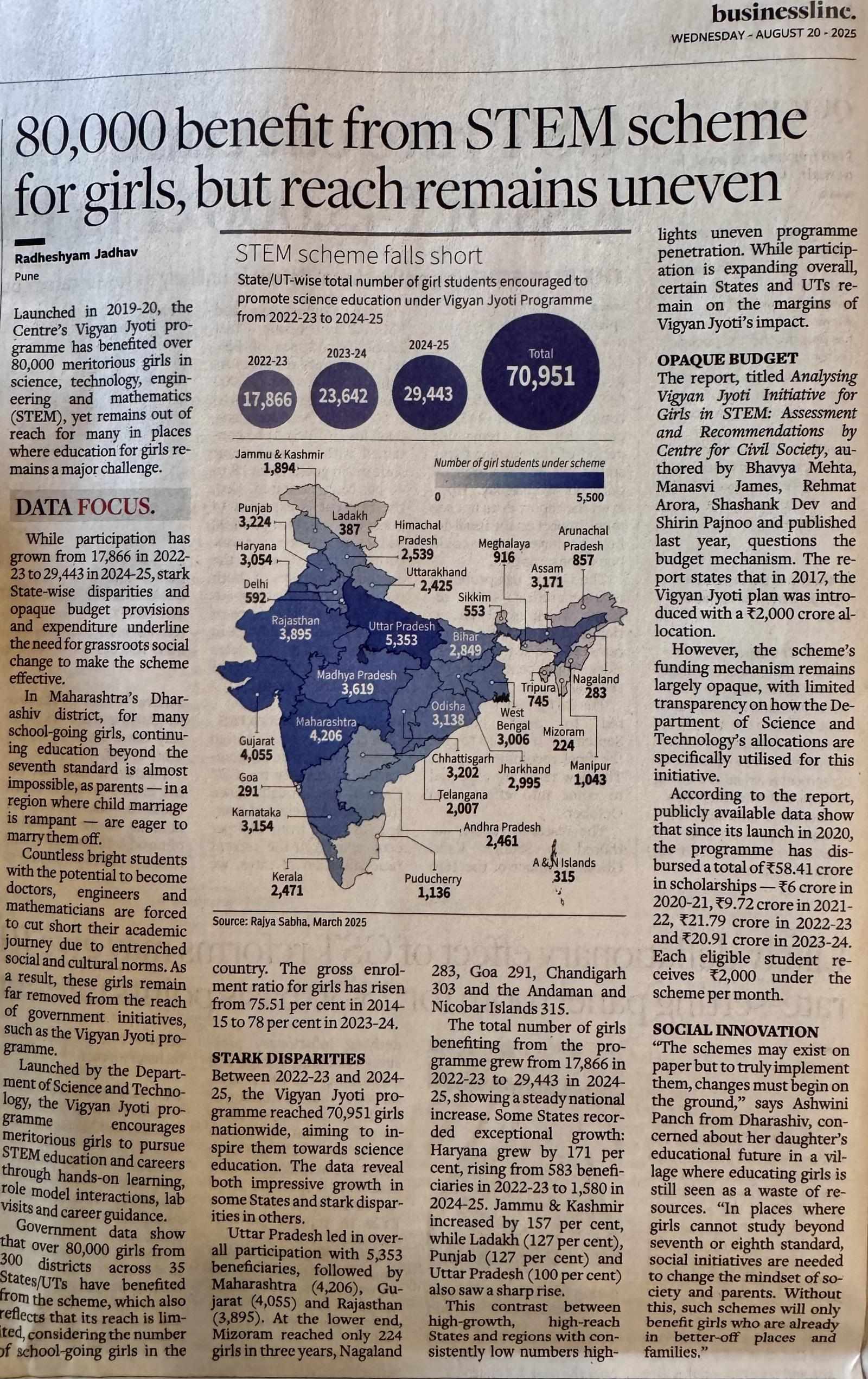
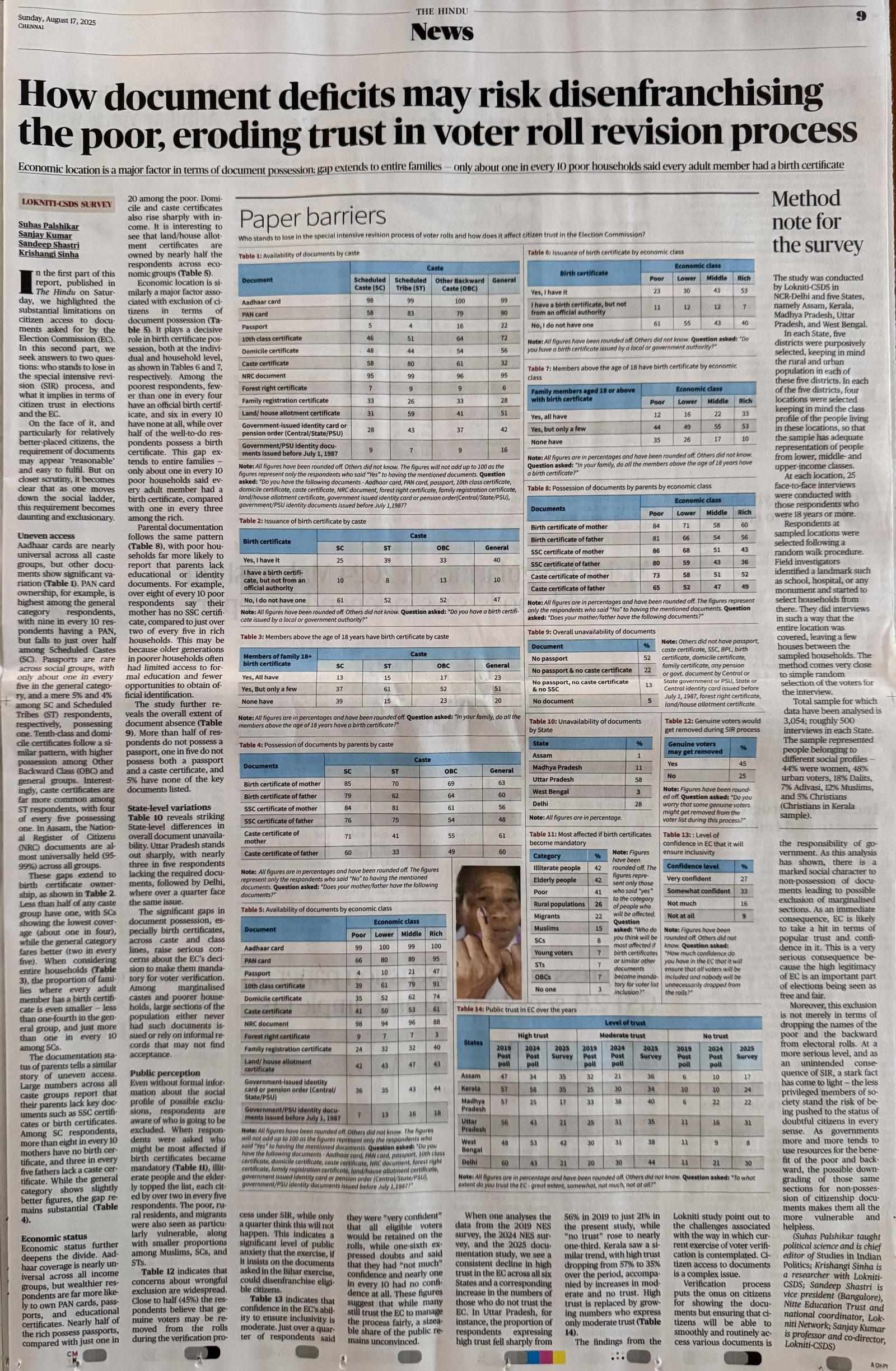
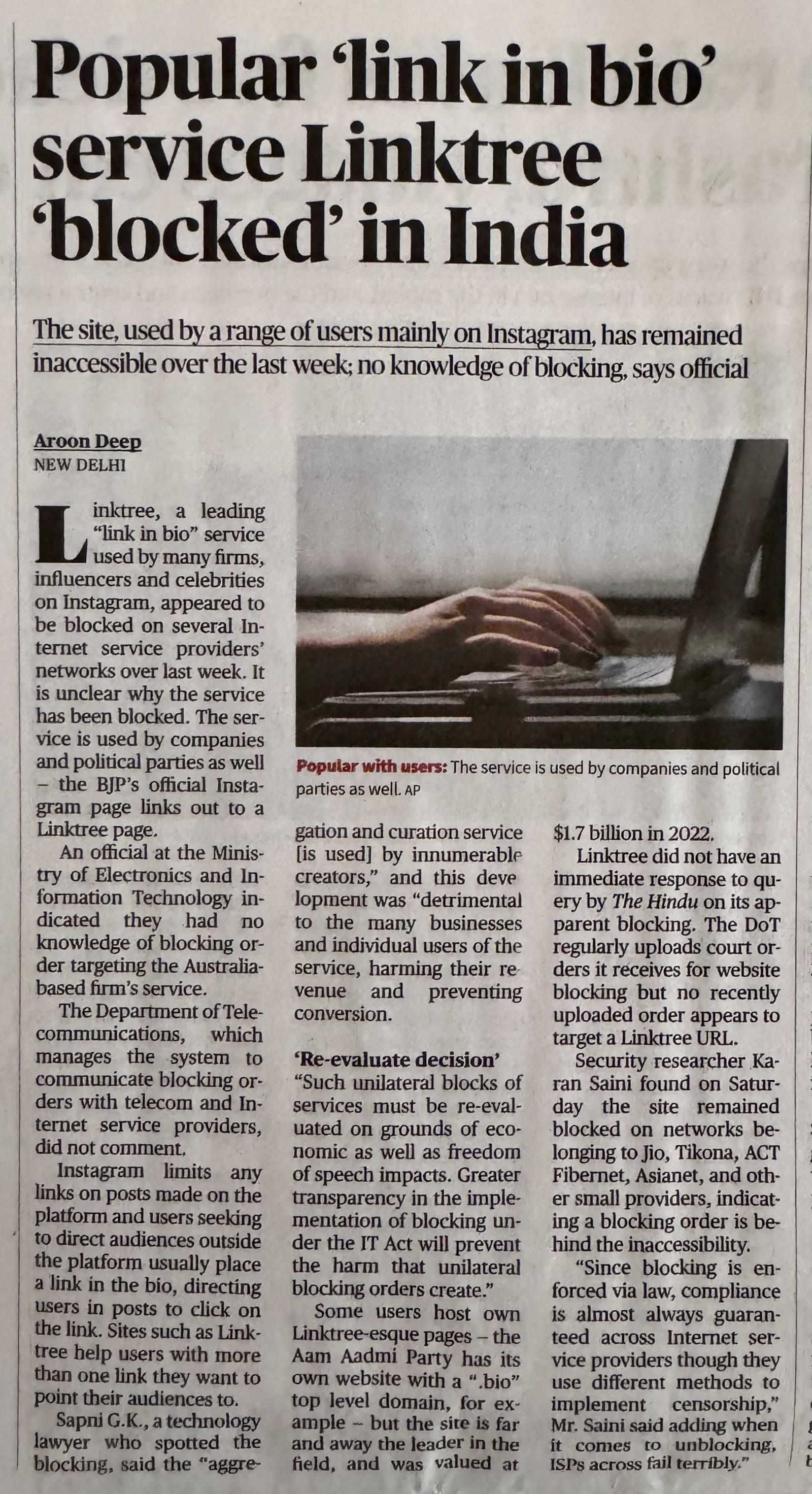
End Note
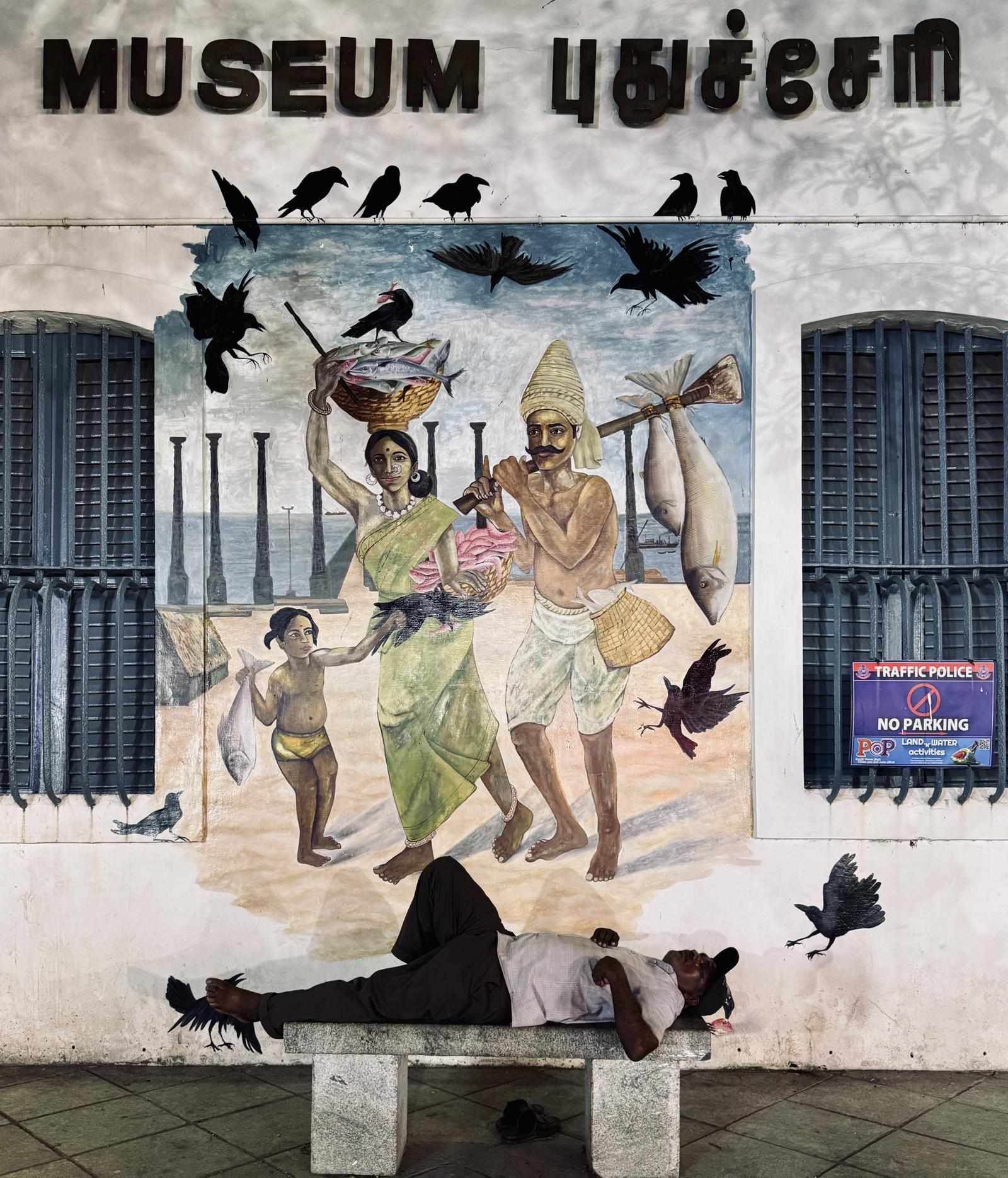



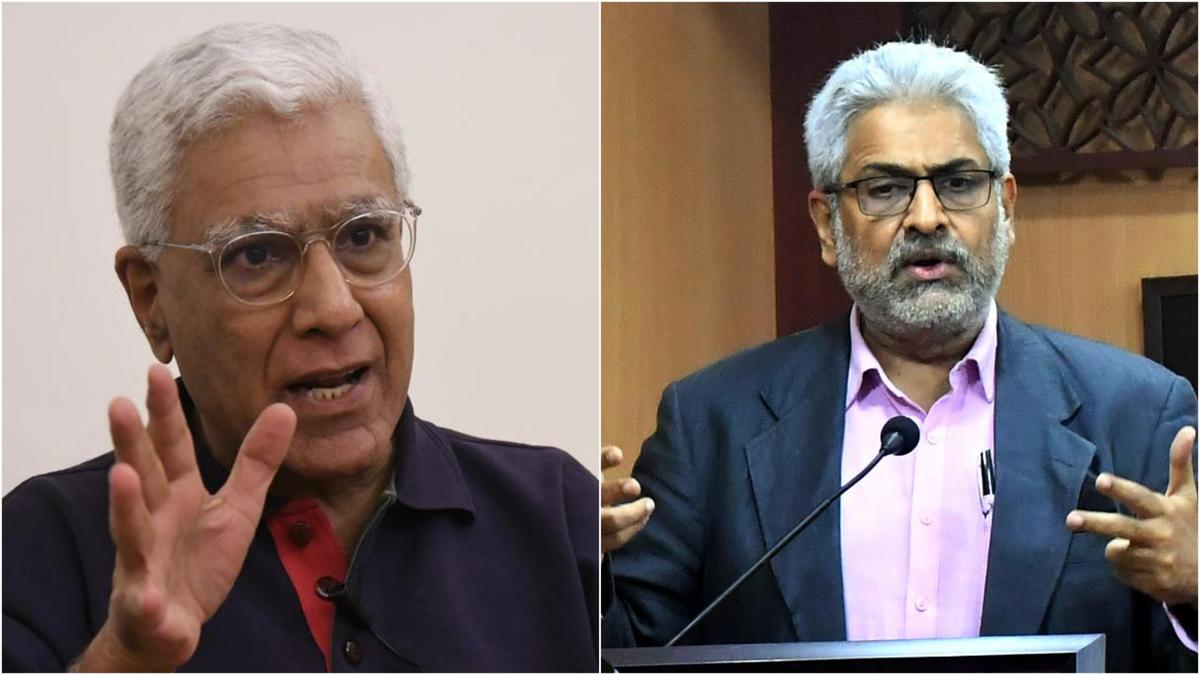

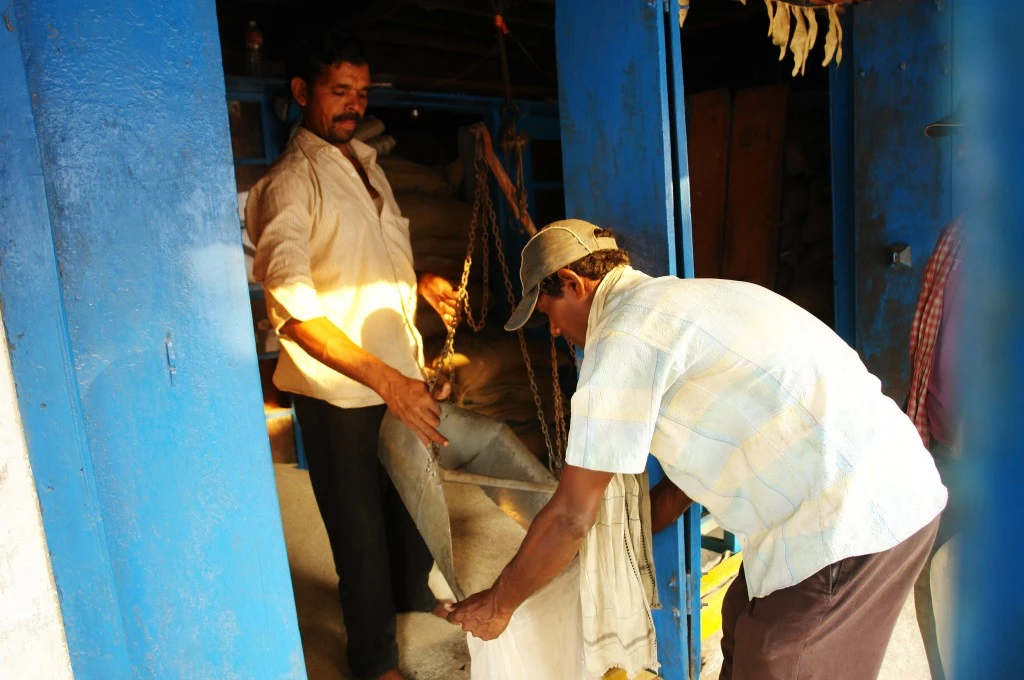






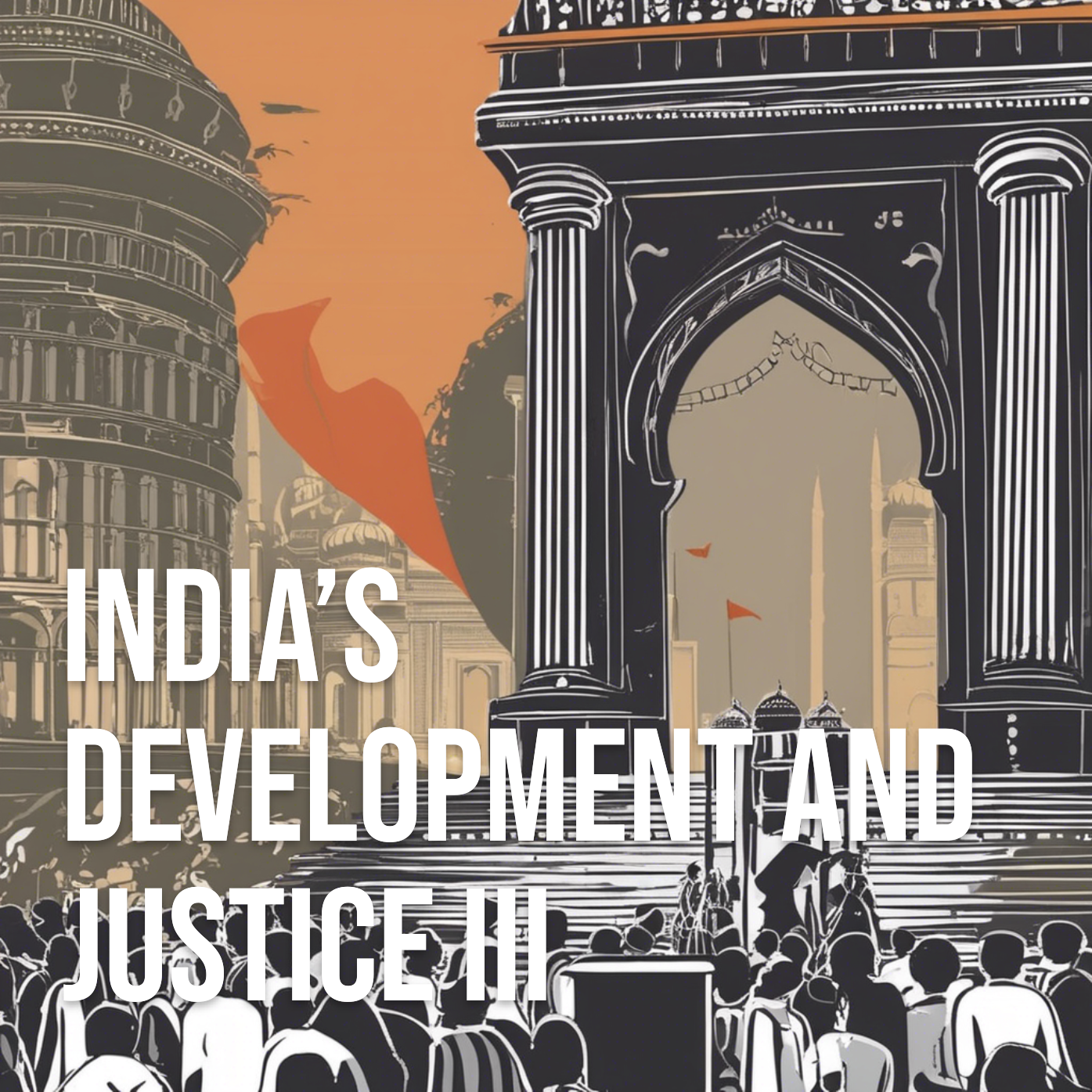
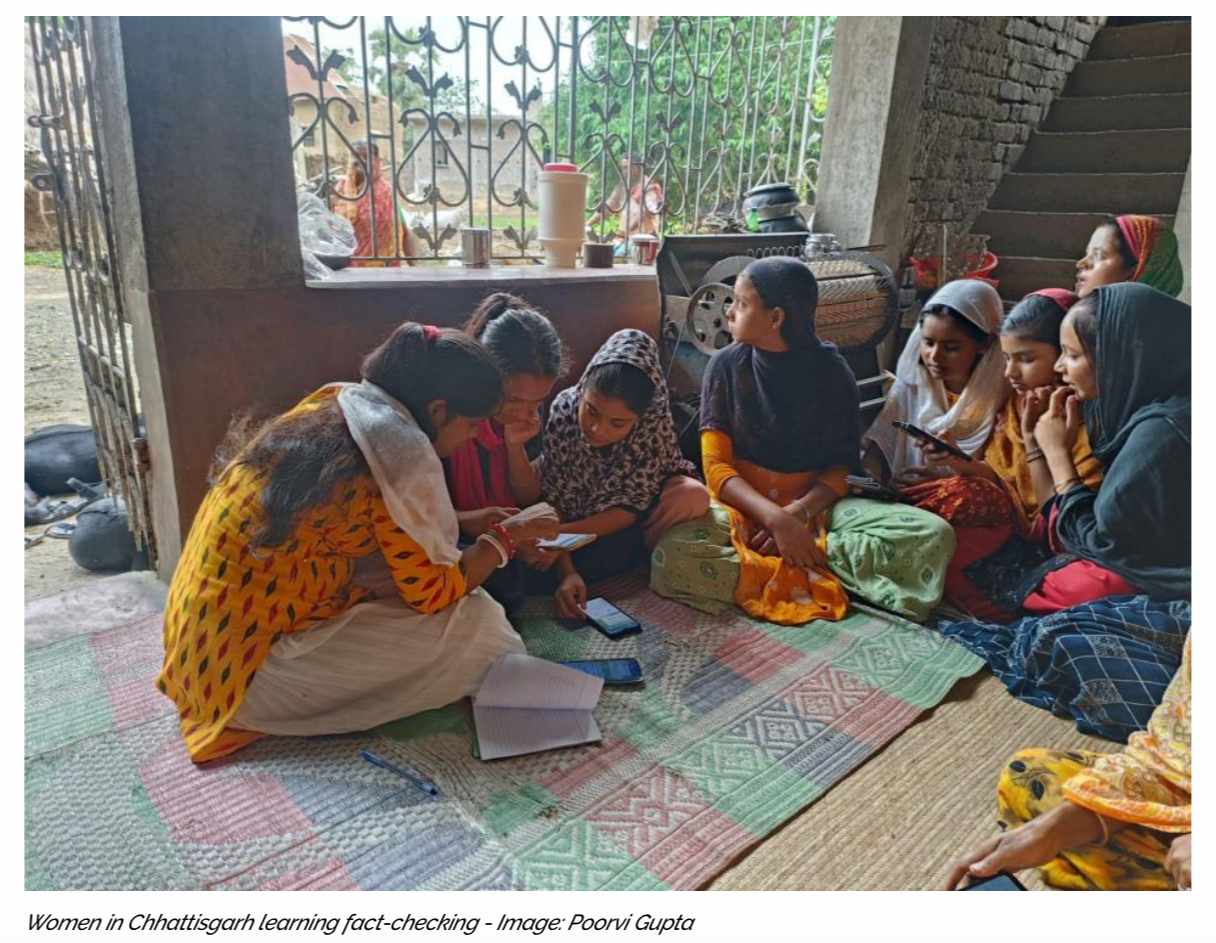
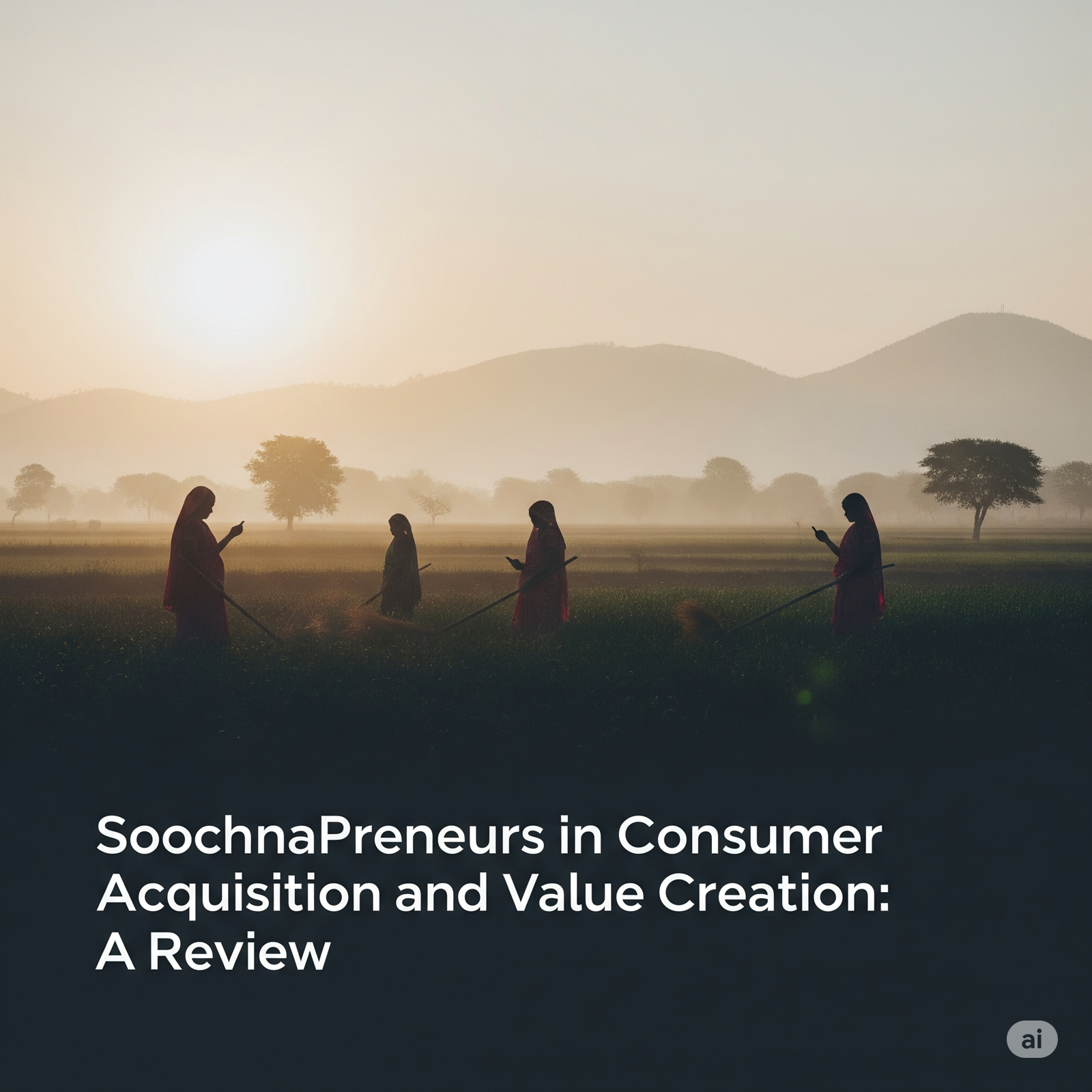

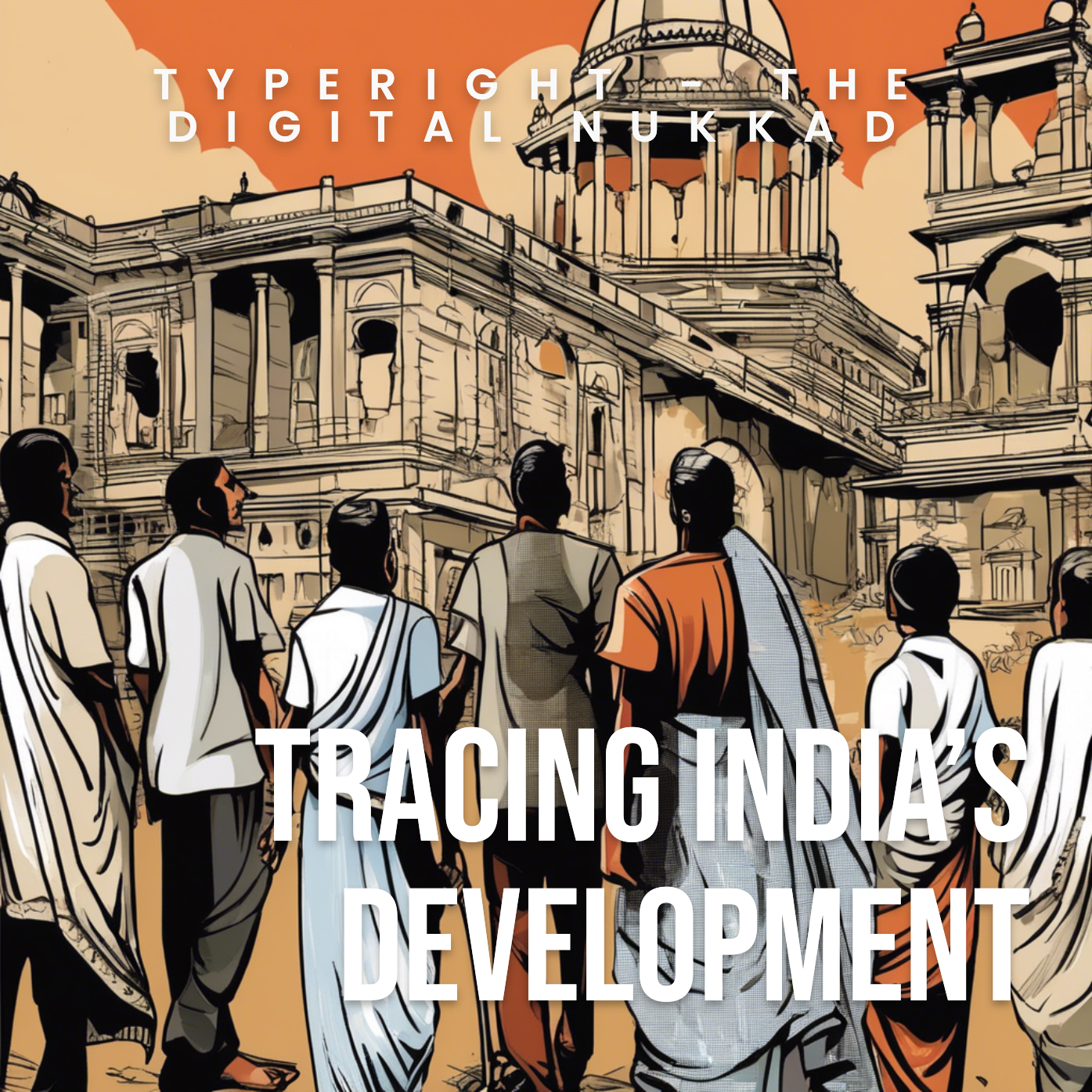









 might be?](https://sk0.blr1.cdn.digitaloceanspaces.com/sites/1394/posts/714526/dbc8de4c-5c50-411f-aba0-55cfb74a692d.jpeg)

Write a comment ...